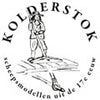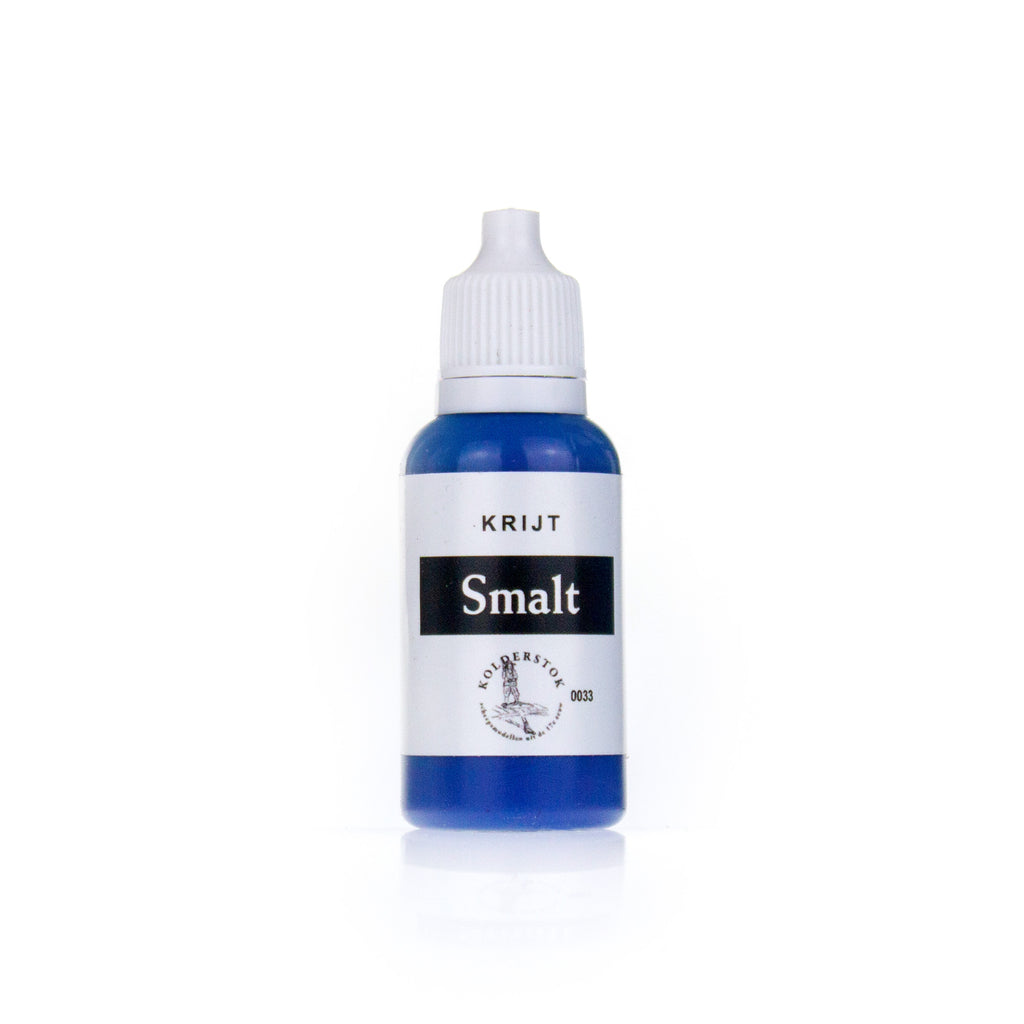Smalt (Dark blue)
€3,00
Usually ships within 2-3 days
Smalt is a dark blue pigment, consisting of cobalt-containing silicates. The colour is quite close to ultramarine. In the sixteenth century, smalt was produced at silver mines in Bohemia and the Electorate of Saxony. At that time, the minerals used were mainly erythrite and cobaltite. In the traditional method of preparation, it was roasted to obtain a cobalt oxide called safflower. Due to the heating, the toxic arsenic component faded away. The safflower was heated again with quartz and alkali, up to 1150°C, creating a dark blue coloured glass substance, the smalt. The word comes from the Italian smaltare, "melting"; the substance was called smaltino or smalto. (The internationally known term smalt, which is derived from this, appears to be of Dutch origin.) The mass of hot glass was quickly cooled in water, sieved, pulverised, washed and used as a blue pigment. This was traded in barrels, via Nuremberg, to the Netherlands, where it soon became a very common pigment in painting. During the seventeenth century, artists in other regions imitated this custom. The pigment was particularly sought after as a replacement for the extremely expensive natural ultramarine, which it closely resembles in hue.
All Kolderstok paints are water-based acrylic paints. The colours are made with modern, environmentally friendly pigments. The products mentioned in the above description are not present in our paints.
The Kolderstok colour Smalt is a dark blue. Blue in various shades was used on the higher parts of the nave and for individual painting.
Please note: applying several layers thinned with water gives a better result than one layer of undiluted paint.




